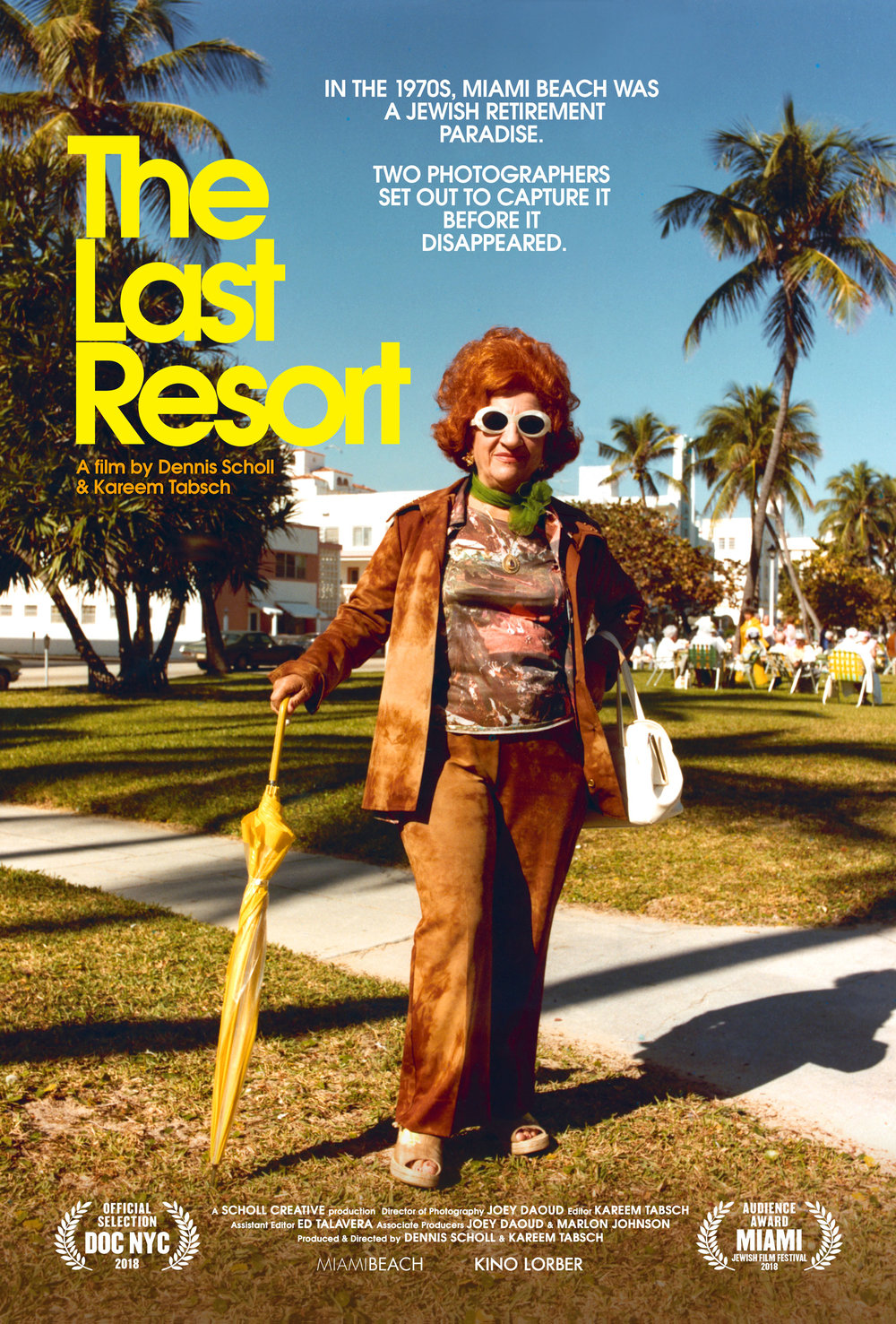By Frank Scheck
‘The Last Resort’: Film Review
Dennis Scholl and Kareem Tabsch‘s documentary ’The Last Resort‘ spotlights the work of photographers Andy Sweet and Gary Monroe, who captured Miami’s South Beach during the era when it was populated largely by Jewish retirees.
“Miami Beach was like a shtetl,” observes a commentator in the new documentary by Dennis Scholl and Kareem Tabsch. If that remark resonates with you, you’re no doubt of a certain age and, in all likelihood, Jewish. Presenting an evocative portrait of a now-bygone era in the city’s past, The Last Resort delivers plenty of nostalgia as it spotlights the work of two photographers who captured the period with vivid immediacy.
The two men, Andy Sweet and Gary Monroe, partnered in an ambitious project to photograph Miami’s South Beach, where they grew up, and its residents, many of whom were Jewish retirees. Those pictures, shot in vivid color by Sweet and black-and-white by Monroe, form the heart of the doc.
The film chronicles how the area received an influx of new arrivals after World War II, its rise precipitated by such factors as the increased commonality of air conditioning. Las Vegas-style entertainment soon followed, often presented at glamorous addresses such as the Fontainebleau Hotel, where such figures as Liberace and Jerry Lewis performed. For the new residents, the area felt remarkably exotic. “At low tide, you could walk halfway to Cuba,” enthuses writer Edna Buchanan.
Retirees, many of them Holocaust survivors, began arriving en masse in the 1960s and ’70s. They were commonly known as “porch sitters,” and their advanced age meant that the area was largely absent of the counterculture permeating other cities. “Instead of everybody being between 18 and 28, think 81 and 82,” Monroe says.
The many photographs seen in the documentary showcase the area and its residents in all their glory. A gallery owner compares Sweet’s vibrant, street photographer-style pictures to the work of such prominent figures as Diane Arbus, Robert Frank and William Eggleston. Monroe points out that their subjects happily posed for candid photos. “They loved talking to young people,” he comments. “No one else paid them any attention.”
The city began declining in the 1980s, with an influx of drugs and a dramatic increase in crime. One victim of the violent times was Sweet, who was stabbed to death in his apartment in 1982, possibly as a result of a drug deal gone wrong. Adding to his family’s grief was the loss of his photographic archives after the storage facility in which they were housed underwent a move.
South Beach is now a tourist mecca and hotbed of chic nightlife. But its rejuvenation has come at a cost. Most of the elderly population has moved away, unable to pay the rising rents that accompanied that gentrification.
The area’s past heyday is on moving display in the photographs shown in The Last Resort. The backstory of the two photographers who took them only adds to their emotional impact.



